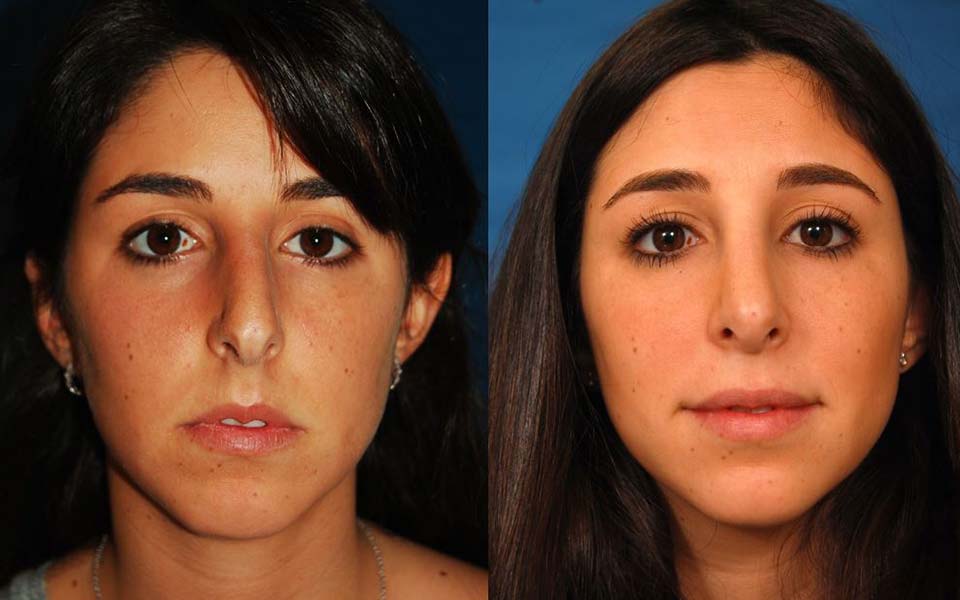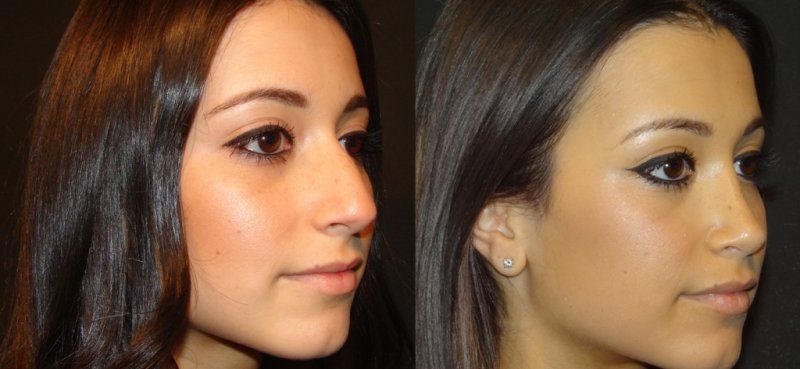
A facelift scar is a normal and natural outcome of surgery. These scars are inconspicuous and will look nice on your face. There are many treatment options. Fillers, Botox and other treatments are some of the options. A facelift is a great way of improving your appearance and confidence.
Incisions behind your ear
Face and neck lifts require incisions that extend posteriorly beyond the ear along the occipital hairline. These scars can be hard to see unless you look directly at them. Moreover, the scars are not visible in routine close-up photographs of the ear.
The incisions are placed correctly to conceal scarring and ensure the final results. Traditionally, surgeons make their incisions behind the ear. The scars from this location are often the most prominent, albeit less noticeable. Dr. Jacono employs a new technique that conceals the incision under the tragus, which is located inside the ear. This technique allows Dr. Jacono to conceal his incision and reduce the signs of ageing.

Placement of stitches
The placement of stitches for face lift scars can differ, depending on the area, shape, and length of the wound. The general rule of thumb is to place the first stitches midway between the wound’s corners and the midline. The second stitch is then placed on either side of the first. The wound can also be closed with bisecting stitches. But the first two shouldn't overlap.
Most sutures used in facelift surgery are very fine, which minimizes scarring. The underlying muscles and fat layer are pulled tight. This pulling on the skin can pull at the stitches. A suture will not cause permanent damage in a healthy body. However, it is possible for the body to rebuild skin cells and create connective tissue.
Inconspicuousness and scarcity
Patients frequently ask this question after having a facelift. Most patients want a more natural look for their neckline and jawline. But they don't want visible scarring. While all incisions will leave scars, well-executed incisions and planned surgeries can leave the scars as inconspicuous as possible. Long incisions are often required for a facelift. The best incision placement can give patients a natural appearance, which is what they want.
Scars are typically raised and bright red when they are fresh, so the first few weeks after surgery can be a little discouraging. Most scars fade over time. In certain cases, some may even disappear completely. Everyone heals at a different pace and there is no time limit for scarring.

Treatments available
The outcomes of a facelift may vary. This procedure can reduce the appearance of deep wrinkles and skin laxity. It tightens facial muscles and removes excess fat. A forehead lift or blepharoplasty can also be beneficial to treat signs of aging around your eyes and brows.
To reduce scarring from your facelift, silicone sheeting is a good option. You can buy silicone sheeting over the counter or at your local grocery store. This sheeting is great for increasing circulation and breaking up skin adhesions. It stimulates collagen production, which promotes healthy healing of incisions. It is recommended that silicone sheeting be worn for at most three months.